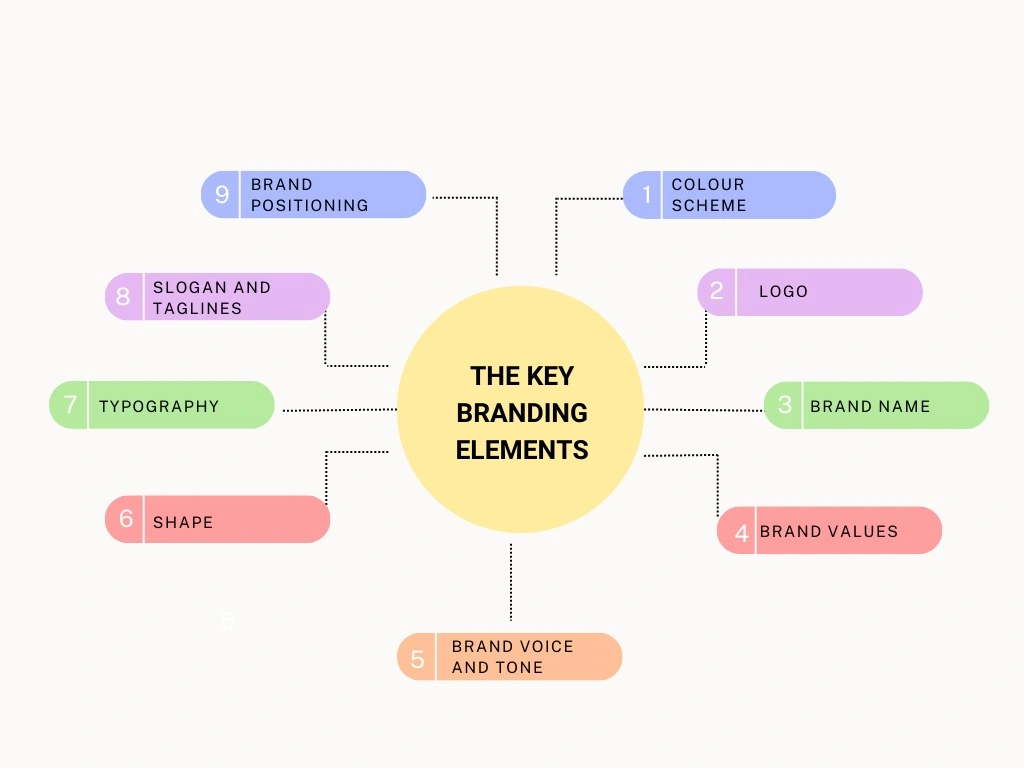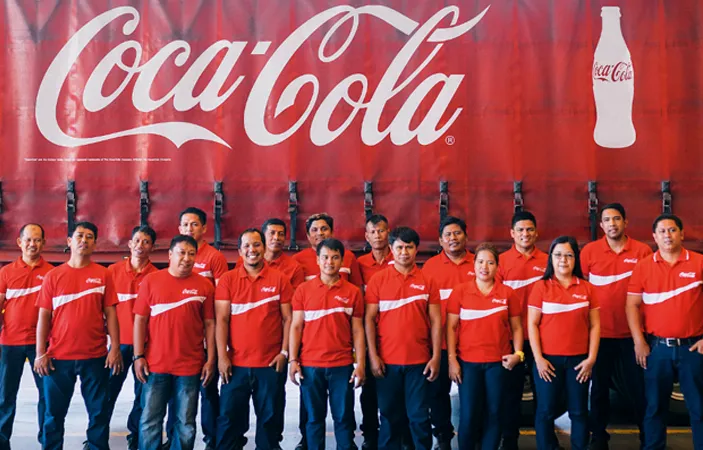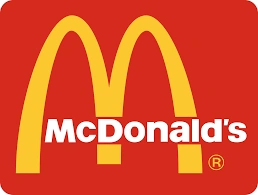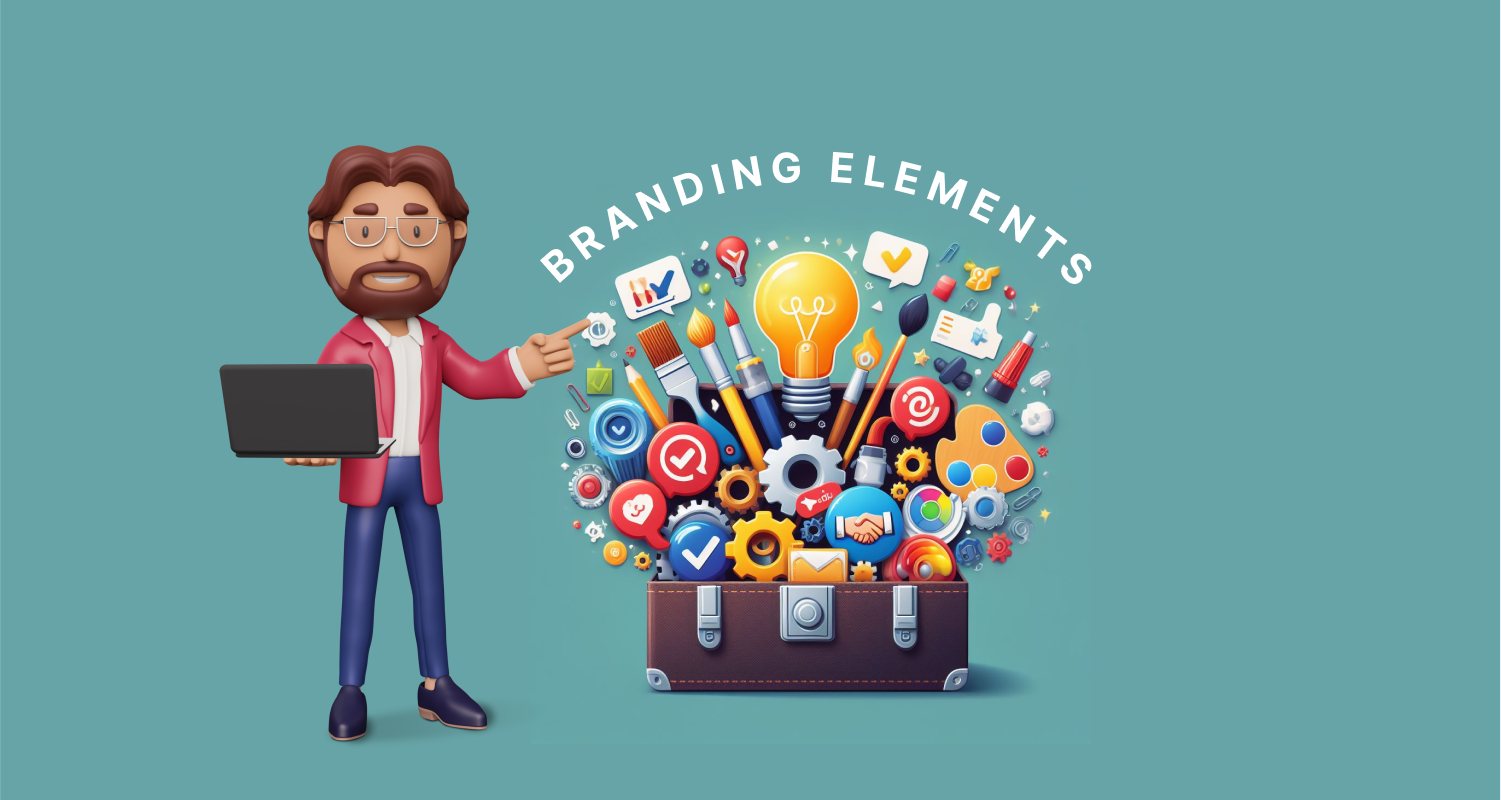Have you ever stopped to consider why companies get so involved with branding? Creating a memorable slogan or appealing logo is not enough.
You need to master the art of influencing how the public views your business. It all comes down to developing a unique brand that connects with your target market and makes you stand out from the competition.
Consider brand elements as the foundation of your marketing plan. Every element conveys a powerful message about your company’s values and identity.
In this blog, we’ll delve into branding elements and examine how they can help boost your company to success by shaping brand perception and identity.
What are branding elements?
The elements of branding are unique, tangible aspects that make a company different from others and make a brand memorable.
There’s a lot of competition in the big business world, so you must make your brand noticeable to your target audience.
Research by Crowdspring states that it takes only 7 seconds to create an impression on your brand and up to 7 impressions for the customers to recognize your logo
Strategic brand elements like logos, slogans, and colors simplify the process of creating a lasting impression within the crucial 7-second window, aiding customers in speedy product recognition and informed purchasing decisions.
Revolutionize Your Service with AI-Powered Support
Enhance customer service with AI-driven tools that deliver seamless, personalized experiences perfectly tailored to your brand’s identity.
Essential branding elements and how to use them
Different aspects of a brand can help create a look or voice that people recognize and remember. They help your brand connect with the people you want to reach and differentiate you from similar brands.

Let’s identify these brand elements examples and look at tips you can use to improve your brand.
Color scheme
A color scheme is a group of colors a brand uses repeatedly on its platforms.
Colors can create feelings, communicate ideas, and form a connection with a brand in the consumer’s mind.
For example, consider Coca-Cola, which has long been using red as its primary color, which represents passion or energy.

Logo
The logo is a special element of branding that works as a unique picture for a business or a group of products.
It’s a design that reflects and represents the company. It is used in advertisements, on websites, on packaging, in communications, and sometimes on the products themselves.
They matter since they aid in brand recognition.
Think about the oversized yellow M of McDonald’s. Though the restaurant is called many different names in different countries, its symbol immediately makes you think of that brand, and you can easily spot them.

Brand name
When we talk about a brand name, we’re talking about the name of a business or product.
For instance, when you hear “Reebok,” you probably think of sports shoes and clothes. That’s because it is a famous company that sells those things.

The name of a company or product becomes associated with an industry and reputation. It’s the access point in customers’ minds to everything associated with company, so it must be chosen with care.
Brand values
Brand values are the ethics and standards that direct a business’s choices and actions.
These principles shape the company’s culture and conduct with both customers and employees.
For instance, a company that prioritizes sustainability may prioritize eco-friendly procedures.
Customers who share the company’s values will be more likely to trust it.
Brand voice and tone
Your brand voice is like your brand’s personality when it talks or writes.
You can choose to be helpful, serious, or even funny. Just ensure you have a unique way of talking that fits with the people you want to reach.
Think about Wendy’s, the fast-food restaurant. Their ads and tweets are known for being funny and a bit cheeky. They often make clever jokes and use friendly language to connect with people.

This helps them be different and make a fun connection with the people who like their food.
Shape
To get a bit more abstract, shapes are important in branding because they symbolize cultural meanings or make people feel certain ways. You can use shapes in things like logos, packaging, and ads.
You can use shapes like:
- Circles show togetherness, peace, and being open to everyone. Brands that use circles in their logos or designs might want to show ideas of being together or having friends—for example, the Olympics logo.
- Triangles stand for stability, strength, and moving forward. Brands that use triangles might want to show they’re constantly moving ahead or are full of energy—for example, Adidas.
- Rectangles and squares look balanced, steady, and dependable. Brands that use these shapes might want to show they’re trustworthy or professional. For example, Microsoft uses these shapes.
- Curves and fluid shapes make things look creative, flexible, and like they are moving. Brands that want to look new, friendly, or easy to talk to often use them. For example, Nike uses these kinds of shapes.
- Geometric patterns are shapes arranged in a design. They make branding materials look more exciting and keep them looking the same.
- For instance, consider the patterns you see on Louis Vuitton and Gucci products. They use these patterns to make their products stand out and look unique in the market, but uniform within the brand.

Typography
Typography refers to the fonts you choose for your brand. It affects how your brand writes about who it is, what it stands for, and what it wants to say to people.
Slogans and taglines
A slogan or a tagline is a short, memorable statement that captures the essence of a brand.
For example, Sony uses the phrase “make. believe,” which illustrates the spirit of their brand: the power of creativity, and the ability to change ideas into reality, and cleverness in the word play.

Brand positioning
Brand positioning refers to a specific place a brand holds in the mind of its target market relative to competitors that make it stand out.
One example is Volvo, which has been associated with safety, positioned itself as a brand that prioritizes the well-being of its customers.
Through its marketing efforts, Volvo has consistently emphasized its commitment to safety features.

Why are elements of branding important?
Let’s examine the value of these elements.
Influences purchasing decisions
How people see your brand affects whether they will buy from you.
Customers need to remember your brand because they’re more likely to pick familiar products as they make a purchase decision.
Displaying your branding elements at every opportunity builds that sense of familiarity.
Helps customers remember your brand
Logos, colors, and slogans are branding elements that help people remember your business.
This increases the possibility that they will build associations in their minds when they hear people speak or write of your products.
Therefore, having strong branding elements is similar to creating a mark on your customers that lasts and leads them to think of you first for any products with which they associate you.
Forms the basis of marketing strategies
Branding and marketing are inextricable. The main purpose of branding is to be used in marketing, and marketing needs good branding elements to work with to be effective.
A well -crafted marketing proposal template can help align branding and marketing efforts by providing a structured approach to strategy development.
Marketing develops and expresses the voice of the brand, using its tone and style. Good strategies for one improve the strategies of the other.
Creates a brand identity
Giving your company its own identity through branding elements is giving the brand a personality.
This identity makes your company unique and should attract your target audience through messaging or an aesthetic that appeals to them.
Growing Fast? Scale Support Effortlessly – Free!
Handle increasing customer queries with a robust help desk system designed to grow with your startup.
How to build brand elements in your business
Now you understand what branding is, the elements that make up a brand, and why they’re important. But how do you make these branding elements strong?
Know your target audience
Before you can create a fantastic brand element your potential customers will love, it’s important to research your market and the people likely to buy from you. This will help you understand who your potential customers are.
When you identify and know them, you’ll also know what they want and how they like things. This helps you create a brand that matches your customers’ vibe.
Define your brand values
When you define your values, it sets a foundation for making a solid brand.
Your slogan should clearly reflect those values, as they should lead the choices you make in your company. This transparency also helps your customers know what they can expect from you.
Take your time to think about what your brand stands for. This will help you know where you’re going as you move forward and design the brand accordingly.
Create a mission statement
A mission statement tells people what your company does, how it does it, and why. It explains the purpose of your company in a lot more detail than your tagline.
The statement makes people feel good about your brand and helps them connect with you emotionally.
Additionally, according to research by THM Agency, more than 90% of companies with clear mission statements see growth and earnings that are on line with or higher than average for their particular industry.
Mission statement is a very important part of a brand. It’s like the foundation that supports everything, especially when it comes to your brand voice.
Create your brand voice
When you make a brand voice, you decide how your brand talks to people.
Choose the personality you wish to give your brand. Would you like it to be friendly, professional, or fun?
Ensure your brand is real and stays the same everywhere, such as on social media or when you talk to customers. This makes your brand stronger and more recognizable.
Think about how you want people to feel when they see your brand and use words and the tone that match what you want your brand to achieve.
Stay true to your brand
It is important to stay true to your brand. When you remain true to your brand’s core values, you build trust with your customers.
If the way you portray your company is inconsistent, people’s perception of your company will also be inconsistent and indefinite. If the way your company conducts business runs counter to your stated values, it’ll be called out and suffer a hit to its reputation.
Consider carefully not just what brand elements will appeal to your potential customers, but how your company plans to live up to the image it’s projecting.
Factors to consider when designing brand elements
Because branding is very important for your marketing plan, there’s a lot to think about when you design branding elements for your business.
Your brand elements should be:
- Meaningful: Your brand elements should tell people what your products are and what to think of them.
- Memorable: Your branding elements should be attention-grabbing and simple to remember.
- Likable: Your branding elements should be appealing to your audience.
- Appropriate: The vibe of your brand needs to match your target customer base and your offerings. For instance, being bright and bubbly wouldn’t match a formal-wear company.
- Protect: You should create brand elements that your company can easily protect and defend legally in local and international markets. Do the research to make sure your ideas are unique.
Real-life brand elements examples
The following are some of the companies that have implemented this aspect of brand element and has been successful.
Syncfusion

Syncfusion is a software company that specializes in developer tools and enterprise solutions.
Our logo has our name, along with a visual representation of what we do: provide pieces to create a whole. In our case, we provide pieces of applications that software developers can use to make great apps much faster.
We chose vibrant colors in shades of blue and orange and our tagline states, “Deliver innovation with ease.”
Our hope was to convey a sense of momentum, progress, and service, encouraging customers to leverage Syncfusion’s products to drive their projects forward and stay ahead of the curve in the rapidly evolving technology landscape.
Syncfusion consistently utilizes these brand elements across its marketing materials and website to boost brand recognition and reinforce the company’s professionalism and attention to detail.
Samsung

Samsung, a global leader in electronics, employs various branding elements to convey its identity and connect with consumers.
The corporate name Samsung is written in a modern, clean font, with the characters styled to create a sleek, instantly recognizable symbol.
The logo is used prominently on Samsung merchandise, packaging, advertisements, and digital platforms.
Furthermore, Samsung’s catchphrase, “Imagine the Possibilities,” is frequently shown alongside its emblem, describing the company’s commitment to encouraging innovation and pushing limits.
By consistently utilizing its logo as a component of its branding, Samsung has built audience familiarity and fortifies its brand recognition in various product categories and marketplaces.
The power of branding elements
Branding elements help make a brand what it is. They show what the brand stands for and help it connect with people.
Each element plays a unique role in creating a brand’s personality, making it recognizable, and building trust with customers.
Finally, good branding elements make people feel something, help the brand stand out, and make consumers remember it better.
Are you ready to make your brand even better? Find out how BoldDesk can incorporate your branding in every customer interaction.
Try it for free, or sign up for a live demo to learn more about BoldDesk’s branding features. You can also contact the BoldDesk support team if you need further assistance.
Was this blog helpful? Please share your opinions on and experiences with various branding elements in the comments section. We appreciate your input!
Related articles


















 Email Ticketing System
Email Ticketing System Shared Inbox Software
Shared Inbox Software Multi Brand Help Desk
Multi Brand Help Desk Internal Help Desk Software
Internal Help Desk Software Trouble Ticketing Software
Trouble Ticketing Software Mobile Help Desk
Mobile Help Desk 


















